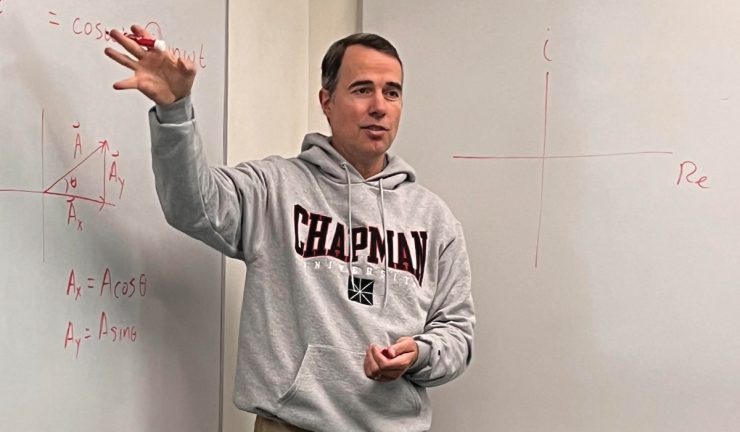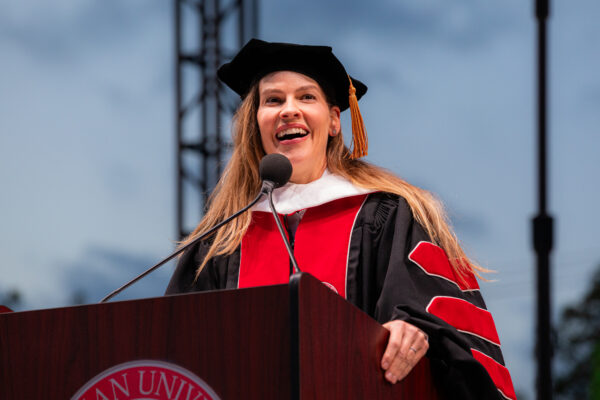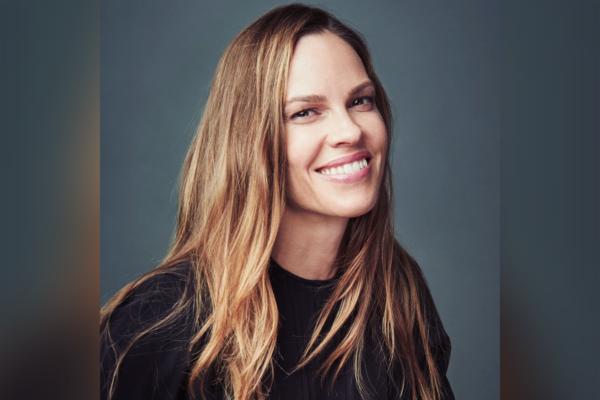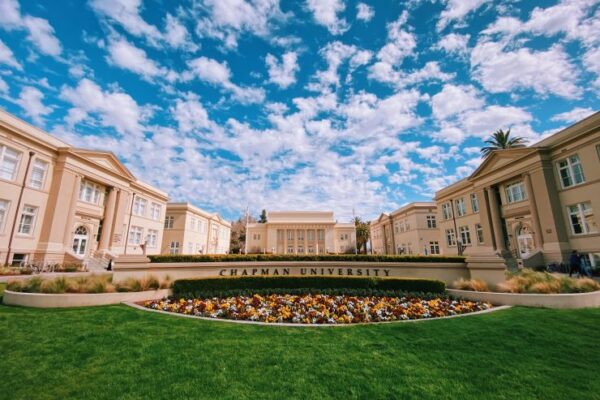JOURNAL PREVIEW AND SUPPLEMENTAL INFORMATION
| New interference radar functions employed by a team of researchers from Chapman University and other institutions improve the distance resolution between objects using radar waves. The results may have important ramifications in military, construction, archaeology, mineralogy and many other domains of radar applications.
It addresses a nine decades-old problem that requires scientists and engineers to sacrifice detail and resolution for observation distance — underwater, underground, and in the air. The previous bound limited the distance estimated between objects to be one quarter of the wavelength. “We believe this work will open a host of new applications as well as improve existing technologies,” says John Howell, the lead author of the article expected to publish soon in Physical Review Letters and highlighted as an Editors’ Suggestion paper. “The possibility of efficient humanitarian demining or performing high-resolution, non-invasive medical sensing is very motivating.” Howell and a team of researchers from the Institute for Quantum Studies at Chapman University, the Hebrew University of Jerusalem, the University of Rochester, the Perimeter Institute and the University of Waterloo have demonstrated range resolution more than 100 times better than the long-believed limit. This result breaks the trade-off between resolution and wavelength, allowing operators to use long wavelengths and now have high spatial resolution. By employing functions with both steep and zero-time gradients, the researchers showed that it was possible to measure extremely small changes in the waveform to precisely predict the distance between two objects while still being robust to absorption losses. To an archaeologist this creates the ability to distinguish between a coin deep underground from a pottery shard. The breakthrough idea relies on the superposition of specially-crafted waveforms. When a radio wave reflects from two different surfaces, the reflected radio waves add to form a new radio wave. The research team uses purpose-designed pulses to generate a new kind of superposed pulse. The composite wave has unique sub-wavelength features that can be used to predict the distance between the objects. “In radio engineering, interference is a dirty word and thought of as a deleterious effect. Here, we turn this attitude on its head, and use wave interference effects to break the long-standing bound on radar ranging by orders of magnitude,” says Andrew Jordan, director of Quantum Studies at Chapman University. “In remote radar sensing, only a small amount of the electromagnetic radiation is returned to the detector. The tailored waveforms that we designed have the important property of being self-referencing, so properties of the target can be distinguished from loss of signal.” Howell adds, “We are now working to demonstrate that it is possible to not only measure the distance between two objects, but many objects or perform detailed characterization of surfaces.” This first proof-of-principle experiment opens a new area of research with many possible applications that can be disruptive to the multi-billion dollar radar industry. There are many new avenues to pursue both in theory and experiment. About Chapman UniversityFounded in 1861, Chapman University is a nationally ranked private university located in Southern California. Chapman is categorized by the Carnegie Classification as an R2 “high research activity” institution and offers personalized education to more than 10,000 undergraduate and graduate students. The campus has produced a Rhodes Scholar, been named a top producer of Fulbright Scholars, and hosts a chapter of Phi Beta Kappa, the nation’s oldest and most prestigious honor society. Based in the city of Orange, Chapman also includes the Harry and Diane Rinker Health Science Campus in Irvine. In 2019, the university opened its 11th college, Fowler School of Engineering, in its newest facility, Keck Center for Science and Engineering. Learn more about Chapman University: www.chapman.edu. ### |
| Media Contact:
Cerise Valenzuela Metzger, Director of Public Relations | cmetzger@chapman.edu | 714-289-3143 Carly Murphy, Public Relations Coordinator | carmurphy@chapman.edu | Desk: 714-289-3196 | Mobile: 714-497-9683 |




